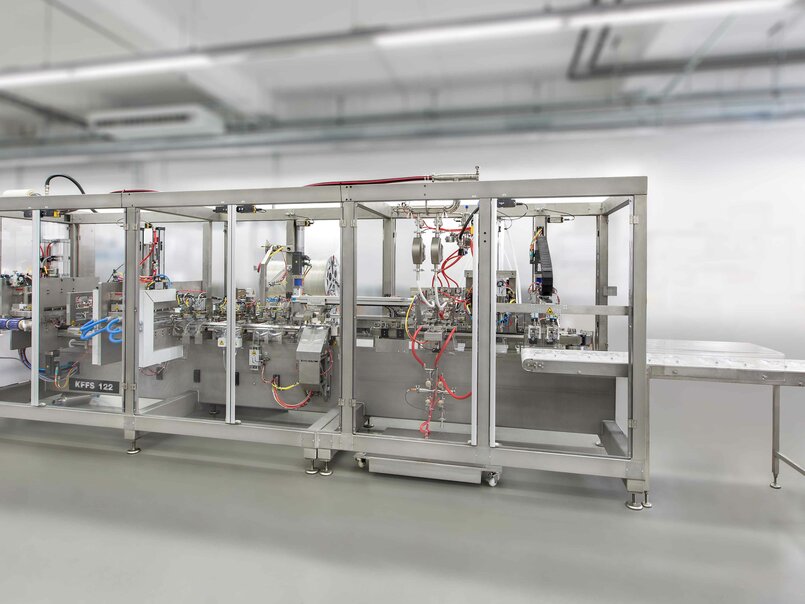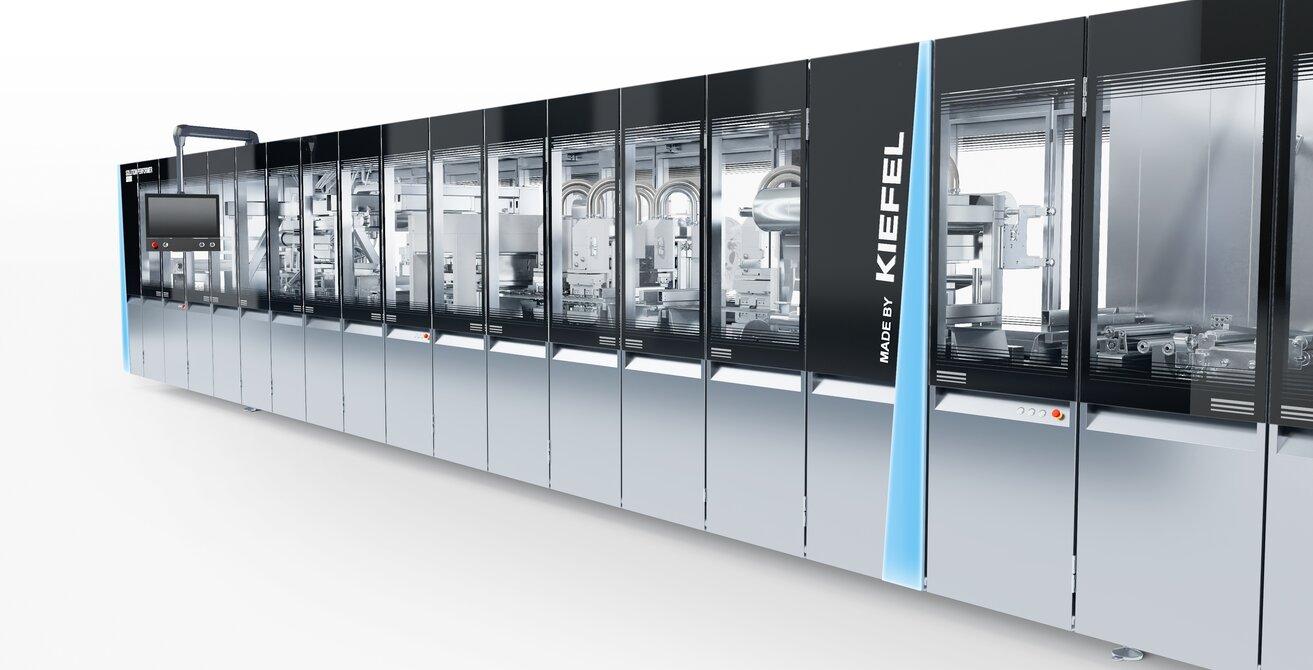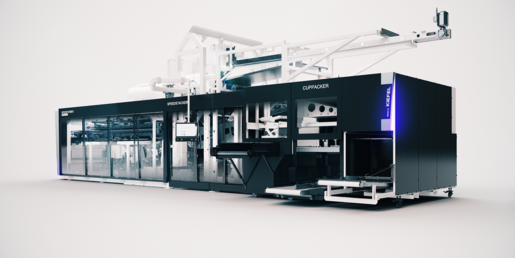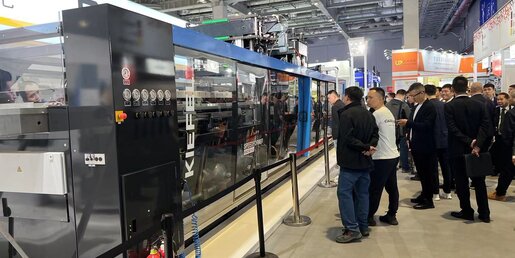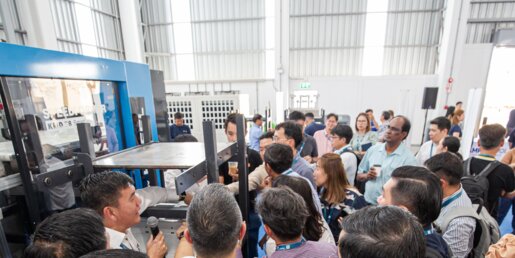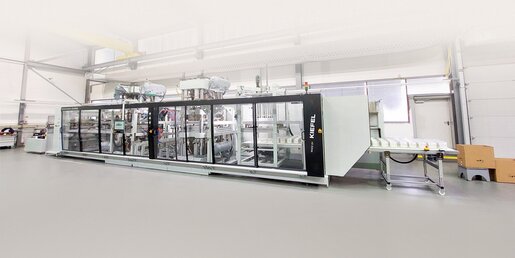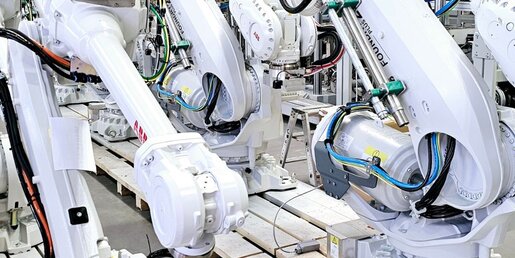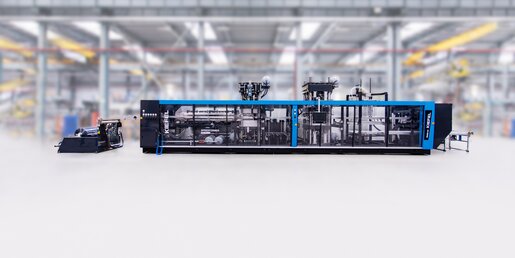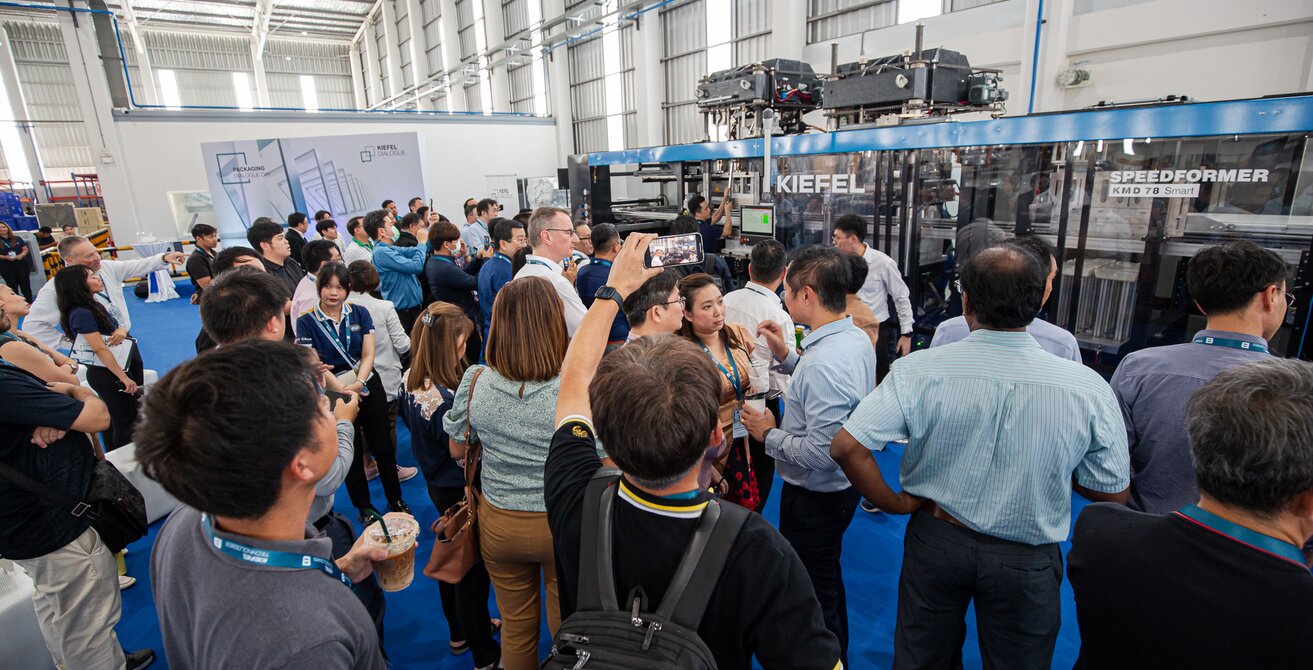
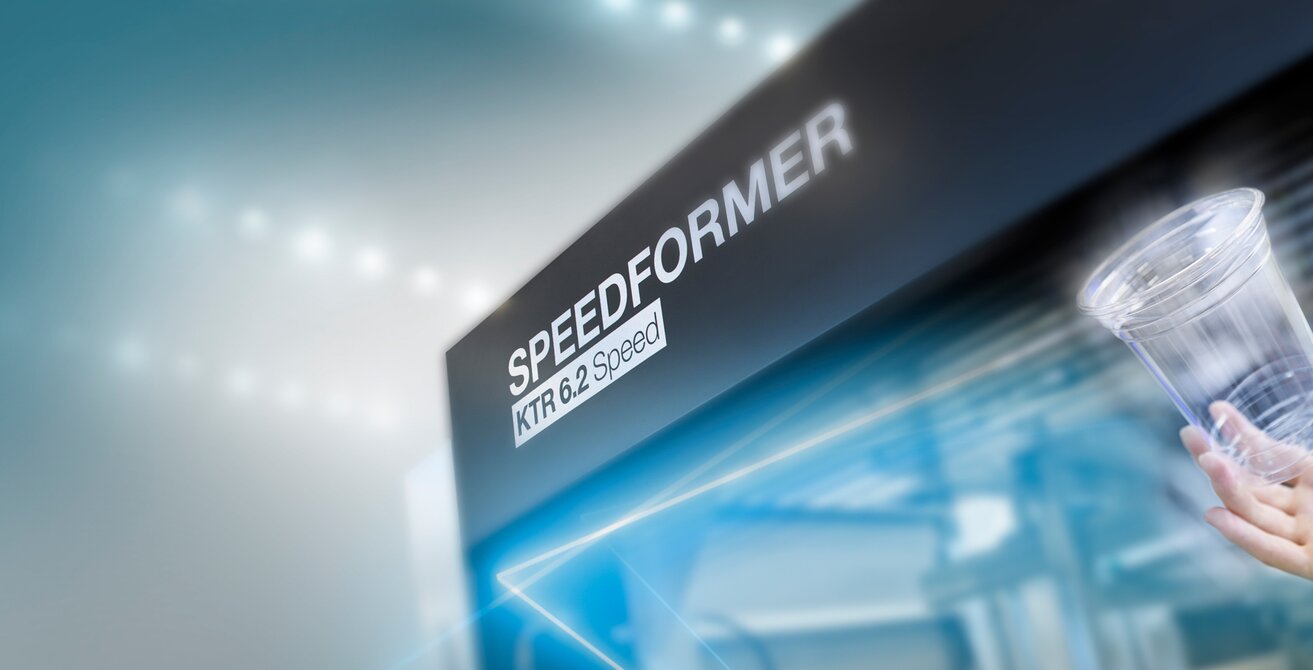
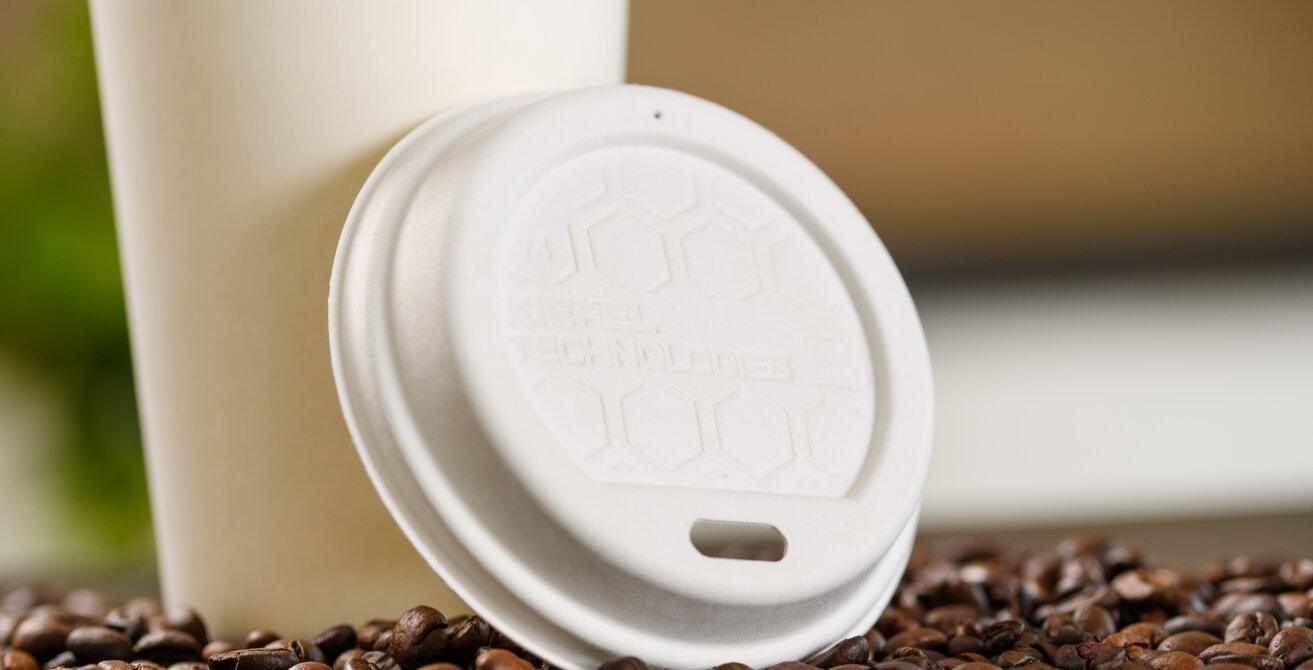
Infusion Bags – Precision Manufacturing, every Second
06 Jun 2016
In hospitals and doctors' offices of all kinds, wherever you go in the world, you find them: infusion bags. The market for medical products continues to grow. According to the trade group Spectaris, German medical technology is increasingly sought after internationally. In 2015, German producers of medical technology posted sales of roughly 27 billion euros, Five percent of the sector's total output came from products for transfusion and infusion.
Depending on the supplier and application, infusion bags are made of various synthetics such as polypropylene, EVA, or PVC, often in multiple layers. The popularity of the infusion bag among doctors and nursing staff is easy to explain: handling is simple; infusion bags collapse completely when empty; the drip chamber cannot run dry; and no venting is required. They can also be quickly adapted to pressurised infusion. Customised productionThe infusion bag has made itself indispensable in medical care. But what are the key factors in producing and filling the bags? Fabricating the infusion bag from a tubular film, filling and sealing it call for the highest standards in precision, reproducibility, and speed. Series KFFS machines from Kiefel produce and fill as many as 6,000 infusion bags per hour. In the KFFS line, a single machine with various work stations takes care of producing, filling, and sealing the bags. The first step consists of creating the bag from a continuous tube of single- or multi-layer synthetic, and sealing it by means of thermal-contact welding. In this process, the film is heated to its melting point and then crimped into the proper shape. Virtually no limits are imposed on the seam's configurations – regardless of whether the bag has one chamber or several. This process is always employed wherever automated production of absolutely leakproof containers for liquids or gasses is concerned. Kiefel fine-tunes production parameters and customised assembly with each client. In this way, infusion bags with infusion ports, injection ports, and transfer cannulae are washed or evacuated with nitrogen. Labelling and printing of the finished product is also part of the process. Bag contents must always be of high quality. The Kiefel system precludes the risks and dangers of contamination during filling. The machine welds the bag, port, and periphery in a single enclosure. A transport system tensions the film during the entire process so that weld-quality and production-speed are always in sync. Immediately after the welding process, the machine separates the individual bags and delivers them to the filling unit. Bag capacities between 40- and 6,000 ml are entirely feasible. The fully-automated unit fills the infusion bags in seconds. Highly-accurate mass flow meters, fill-level monitoring, measurement of residual oxygen content, and the automatic closure of the infusion bag provide for short production times with continuous quality control. It goes without saying that Cleaning in Place (CIP) and Sterilisation in Place (SIP) are available for the entire system. In addition to the fully-automated, integrated welding- and filling systems, Kiefel also offers self-contained filling- or welding units. The advantages of the integrated solution: compact design, precise bag-assembly through thermal-contact welding, as well as extremely precise filling technology.
